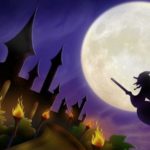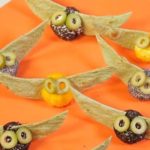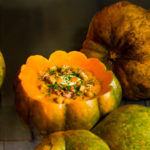Halloween is a very popular holiday in many countries, including Vietnam. From children to adults, everyone feels excited and thrilled when it comes to this holiday. So what’s so special about Halloween? Let’s explore 8 facts about Halloween that few people know right now!
1 Origin of Halloween
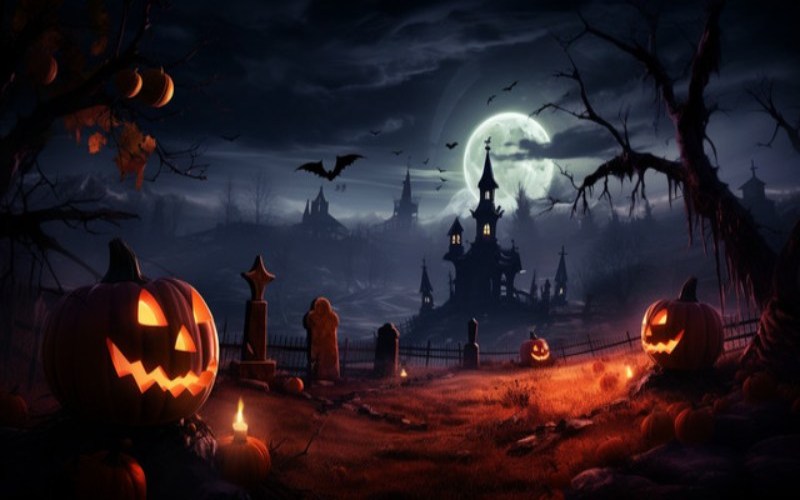 Origin of Halloween
Origin of Halloween
Halloween originated from the Celtic people, who lived over 2,000 years ago in the regions of England, Ireland, and Northern France. The Celtic people celebrated their New Year on November 1st. Before the New Year’s Eve, they held a festival to honor their deceased leader, Samhain. This festival marked the beginning of the transition to the cold season, which they believed to be dark and associated with death.
Samhain was believed to allow the souls to visit back home on that night. During the “All Hallow’s Eve,” the poor would go “souling” and receive a type of cake called “soul cakes” to pray for them. Halloween was brought to the United States by the early immigrants, mostly from England and some areas influenced by the Celts, along with many different customs. However, initially, Halloween was not widely celebrated due to religious restrictions. Until the 19th century, the “trick or treat” tradition was not prevalent in large cities due to the unfamiliarity among neighbors. Nowadays, Halloween has become a festive holiday, especially for teenagers and children, incorporating many elements such as apples from the Pomona festival, black cat images from the Sanhaim festival, and symbols related to saints and souls, such as All Saint’s Day and All Soul’s Day.
2 Bat Images in Halloween
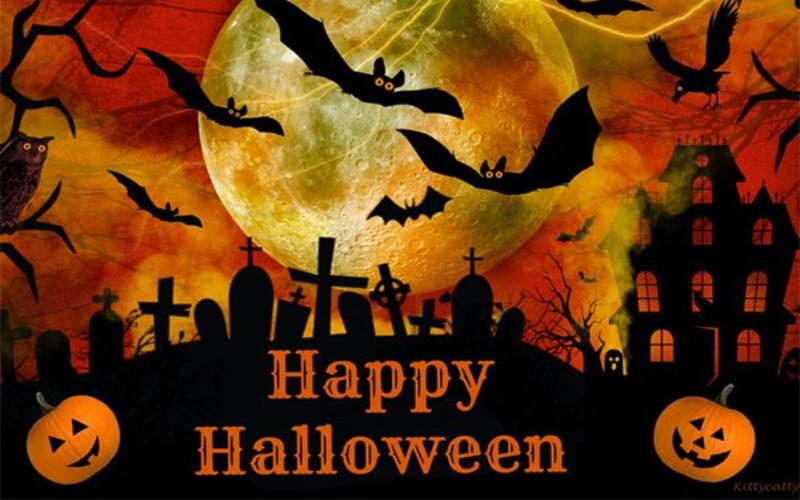 Bat Images in Halloween
Bat Images in Halloween
The image of bats in Halloween originated from the Samhain festival of the Irish people, where they often lit fires to ward off demons. These brightly lit fires attracted both insects and bats searching for food.
The name “Halloween” originally was “All Hallow’s Eve,” which means “evening before All Saints’ Day.” The word “Hallow” in Old English means “holy.” Over time, the name of this festival was shortened to “Hallowe’en” and eventually became “Halloween,” as we know it today. Bats in this holiday are often associated with myths and witchcraft. According to legends, a bat flying into your house on Halloween can be considered a sign of haunting. Nowadays, the images of bats are commonly used as decorations in this festival.
3 Why Dress Up on Halloween?
 Why Dress Up on Halloween?
Why Dress Up on Halloween?
Dressing up on Halloween is not only a fun part but also reflects deep traditions. October 31st is believed to be the time when the barrier between the world of the living and the world of the dead becomes thin, allowing them to communicate with each other.
For a long time, Halloween has been seen as a day when spirits and demons can return to the world of the living. To avoid unwanted intrusion from them, people started wearing masks and costumes to conceal their identities and avoid recognition. This also allows them to enjoy the holiday freely, comfortably, away from the daily pressures and anxieties, alongside participating in various fun activities.
4 The Meaning of Trick or Treat
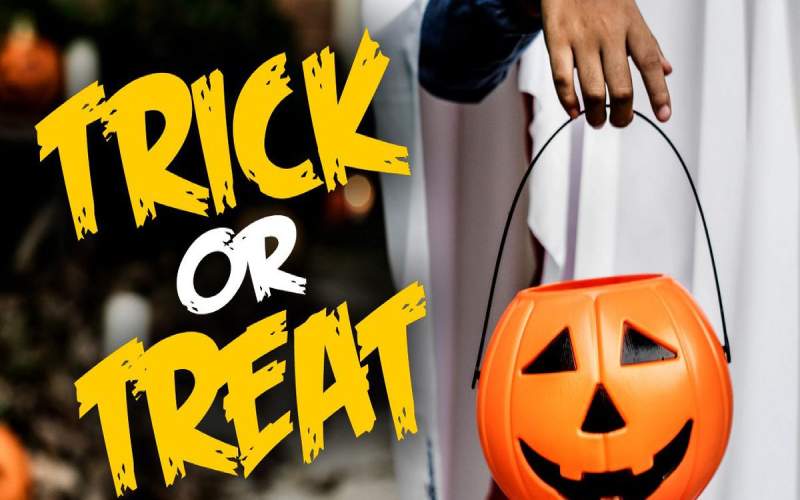 The Meaning of Trick or Treat
The Meaning of Trick or Treat
The “Trick or Treat” game in Halloween originated from the ancient custom of the poor begging. They would dress in straw and rags, go to other people’s homes to ask for food or candy by shouting “Trick or Treat.” “Treat” means to treat kindly, provide food, while “Trick” refers to a mischievous action on Halloween. The homeowners would usually respond by providing them with candy or food. Over time, this game has become an essential part of Halloween and a fun activity for children to collect candy and participate in the festival of ghosts, although its origin is related to the ancient custom of the poor begging.
5 Dominant Colors in Halloween
The main colors in Halloween carry many special and creepy meanings. Orange, black along with spooky symbols often appear in the decorations of this holiday. Orange is also the color of pumpkins, a type of fruit harvested in late October, right in time for Halloween. It is believed to be the color of autumn, of life. In contrast, black is often associated with mourning, death, and the otherworld.
By combining the orange and black colors in Halloween, people are reminded of the fragility of the boundary between the living and the world of the deceased. According to folklore, on Halloween night, the souls of demons disguise themselves and go from house to house to beg for food and money. Refusing their requests can provoke their anger and even haunting from the spirits.
6 Origin of Halloween Pumpkins
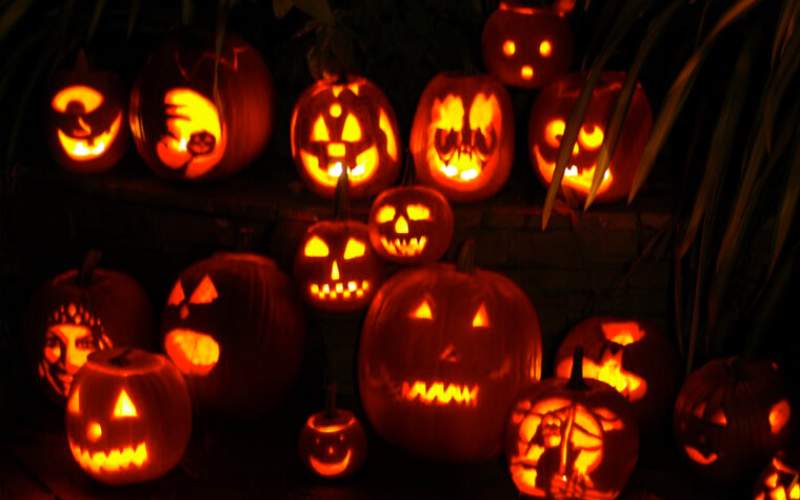 Origin of Halloween Pumpkins
Origin of Halloween Pumpkins
Pumpkins are an important symbol in Halloween, originating from a story about a character named Stingy Jack. According to legend, Jack had conflicts with demons in several encounters. After Jack’s death, both heaven and hell rejected his soul. Jack was put in darkness, with only a lit coal to light his way. He placed the coal in a carved turnip and started wandering the earth.
In Ireland and Scotland, people began creating their versions of the “Jack-o’-lantern” lantern by carving scary faces on turnips or potatoes, then placing them at doorways or windows to ward off “Jack the mischief” (Stingy Jack) and the demon spirits on Halloween night. Initially, turnips were commonly used for lanterns, but by 1846, due to famine, the people of Ireland had to emigrate to North America, where they found pumpkins to be popular and have suitable shapes for making lanterns. From there, pumpkins became an indispensable symbol of Halloween.
7 Halloween Pumpkin Lantern Tradition in Ireland and Scotland
In Ireland and Scotland, people developed their own versions of the “Jack-o’-lantern” lanterns by carving scary faces on turnips or potatoes, then placing them at doorways or windows to ward off “Jack the mischief” (Stingy Jack) and demon spirits on Halloween night. Initially, turnips were commonly used for lanterns. However, in 1846, due to famine, the people of Ireland had to emigrate to North America, where they encountered pumpkins, which were prevalent and had suitable shapes for making lanterns. From then on, the image of Jack O’Lantern lanterns with scary faces made from pumpkins became an essential symbol of Halloween. British immigrants also brought the tradition of “Jack-o’-lantern” lanterns when they came to America, and here, this tradition continued to develop and became an important part of the Halloween festival, with the goal of warding off demons.
8 Original Candy Corn Was Called “Chicken Feed”
 Original Candy Corn Was Called “Chicken Feed”
Original Candy Corn Was Called “Chicken Feed”
Although compared to chicken feed in terms of taste, its name did not originate from the similarity in flavor. George Renninger invented this candy in the 1880s and it was introduced to the market by the Goelitz Candy Company (now Jelly Belly) in the early 20th century. The name “Chicken Feed” originated from the fact that corn was commonly used to feed chickens, but it is unrelated to the taste of the candy. The large box containing this candy was often designed with the image of a colorful rooster.
These are the 8 facts about Halloween that few people know. Through this article, we hope to help you understand more about the unique activities on this exciting holiday.


























